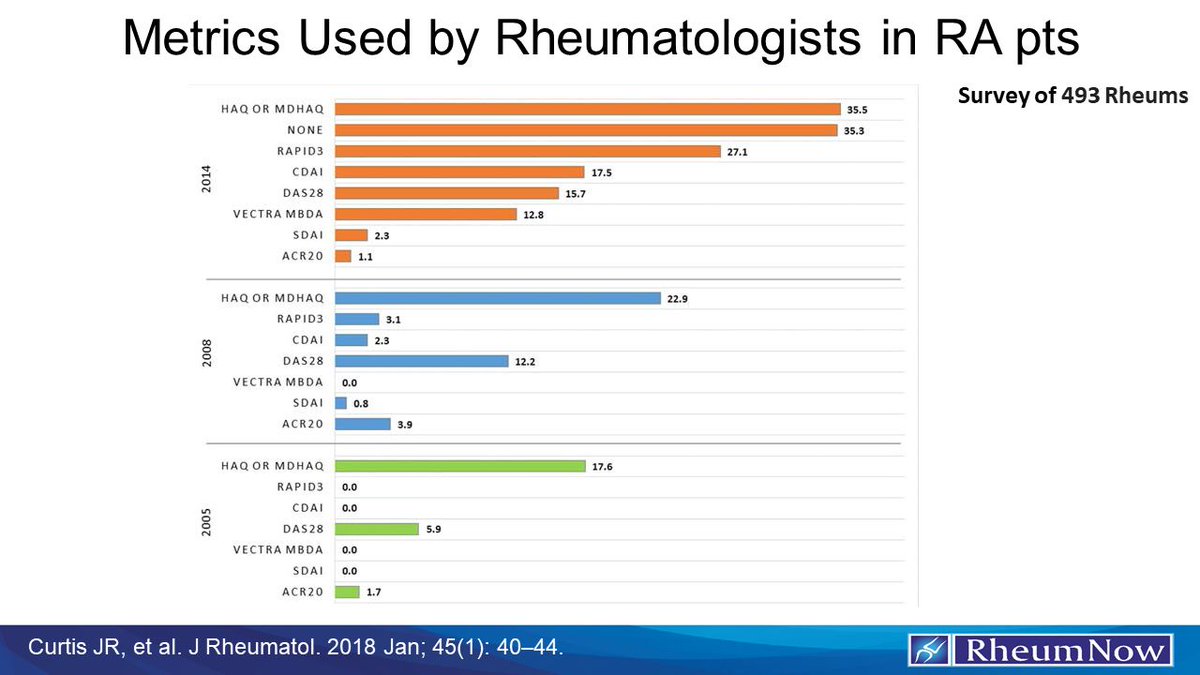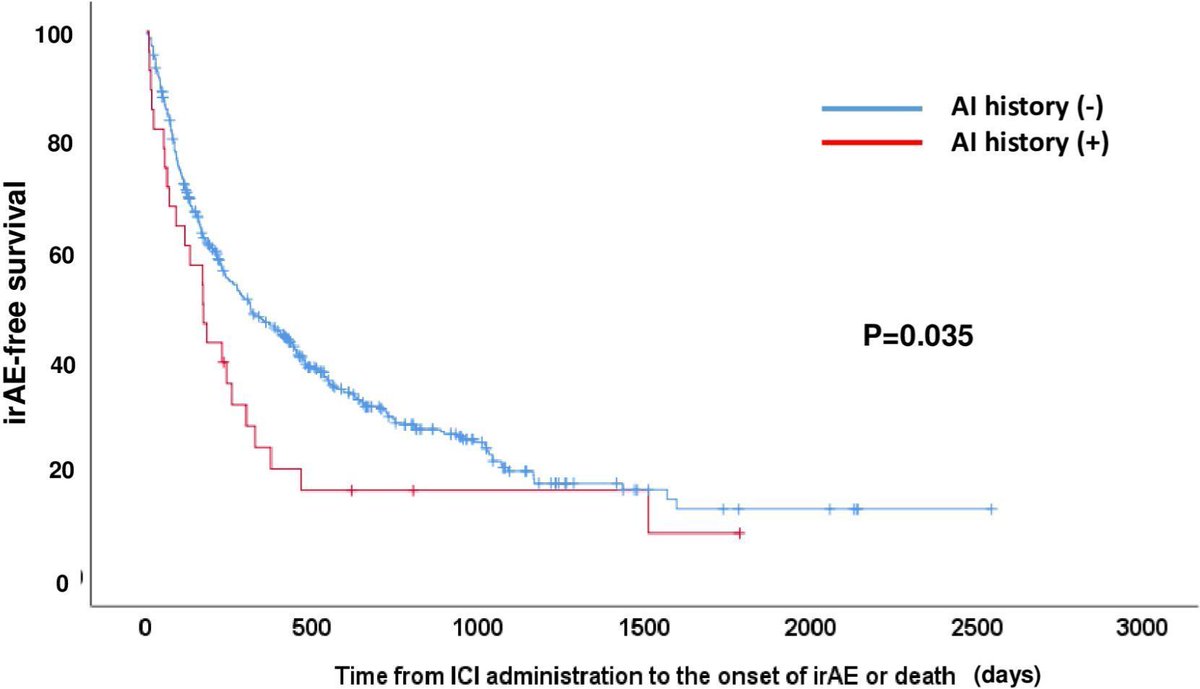All News
Bad News Coronary Artery Calcium in Rheumatic Patients
A recent presentation at the 2024 Society of Cardiovascular Computed Tomography meeting by Brittany Weber MD, PhD (Brigham and Women’s Hospital) has shown that incidental findings of coronary artery calcium on chest CTs in patients with immune-mediated inflammatory diseases may be associated with poorer outcomes, even if they don’t have preexisting atherosclerotic cardiovascular disease.
Read ArticleEarlier RA Diagnosis Leads to Lower Costs of Care
A study from the Leiden Early Arthritis Clinic shows that is rheumatoid arthritis (RA) is diagnosed within 12 weeks after symptom onset, treatment costs were lower in both autoantibody-negative and autoantibody-positive RA.
Best Rheumatologists (7.19.2024)
This week on the RheumNow Podcast, Dr. Jack Cush reviews the news and journal reports of interesting, including irAE, pollution and Psoriasis, microwave therapy, scleroderma without scleroderma that only the best rheumatologists could discern.
Read Article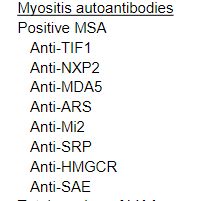


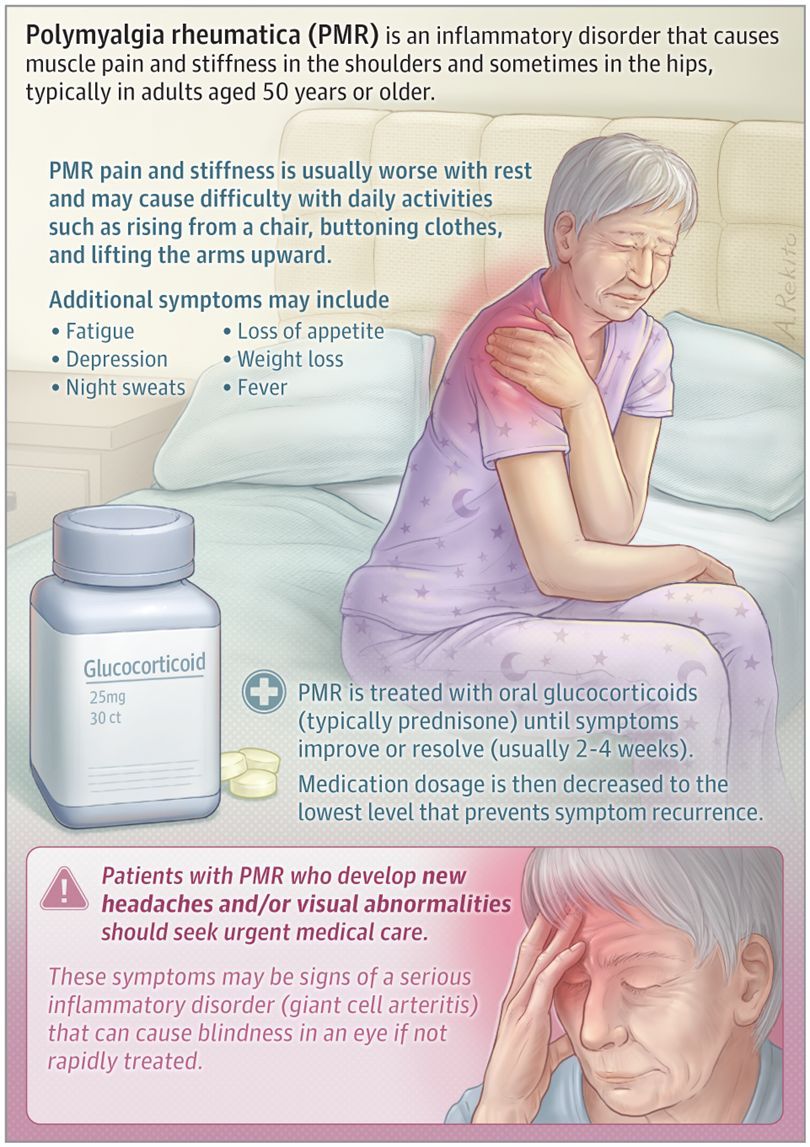
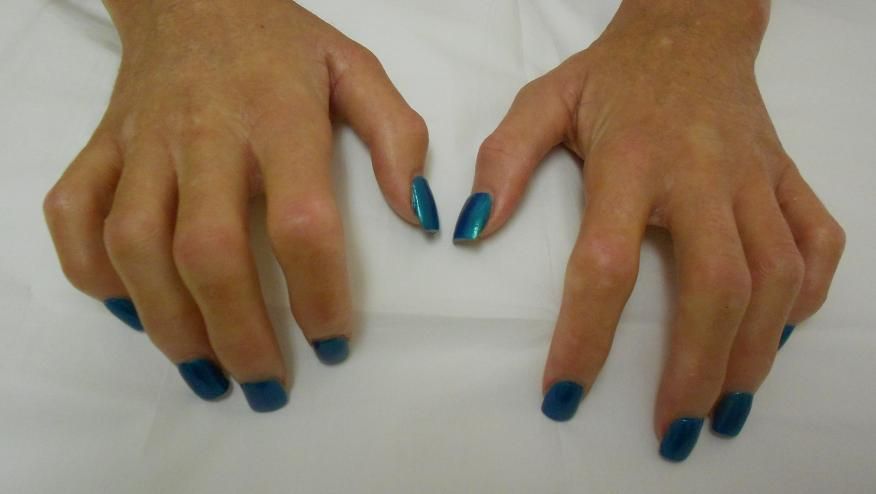

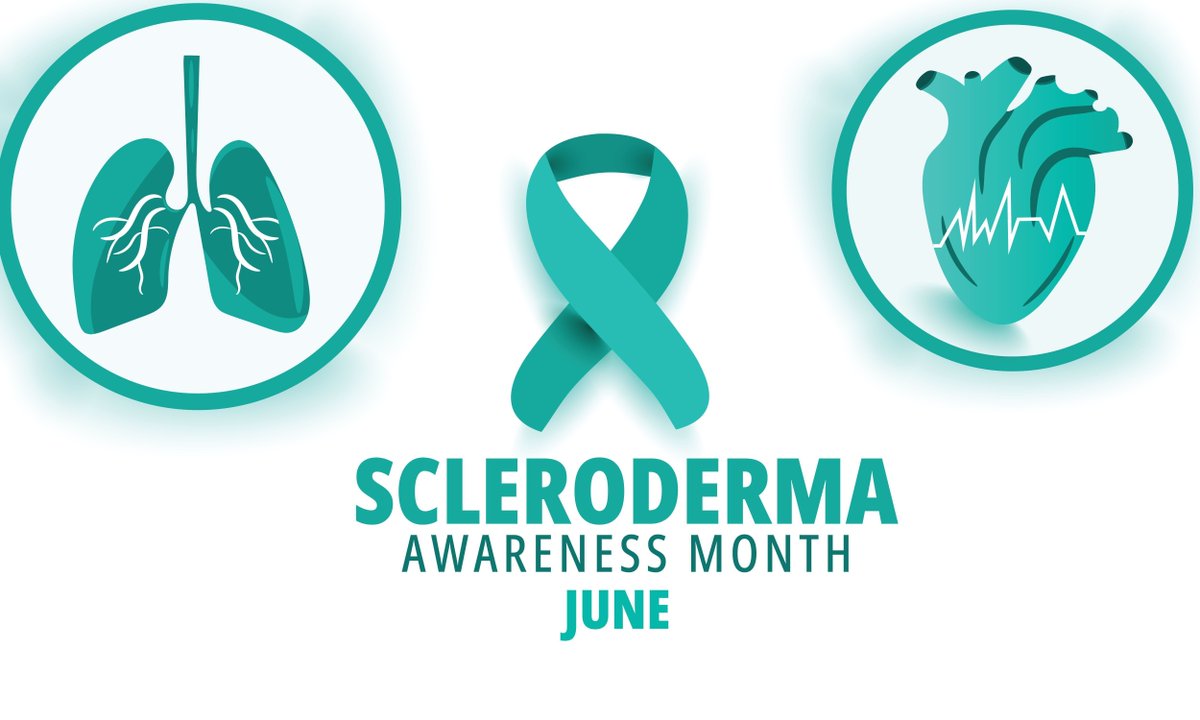
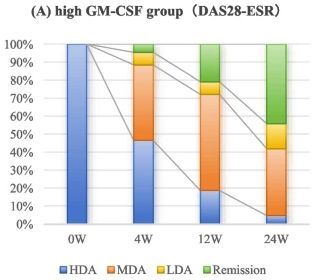
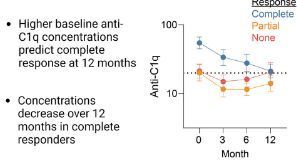
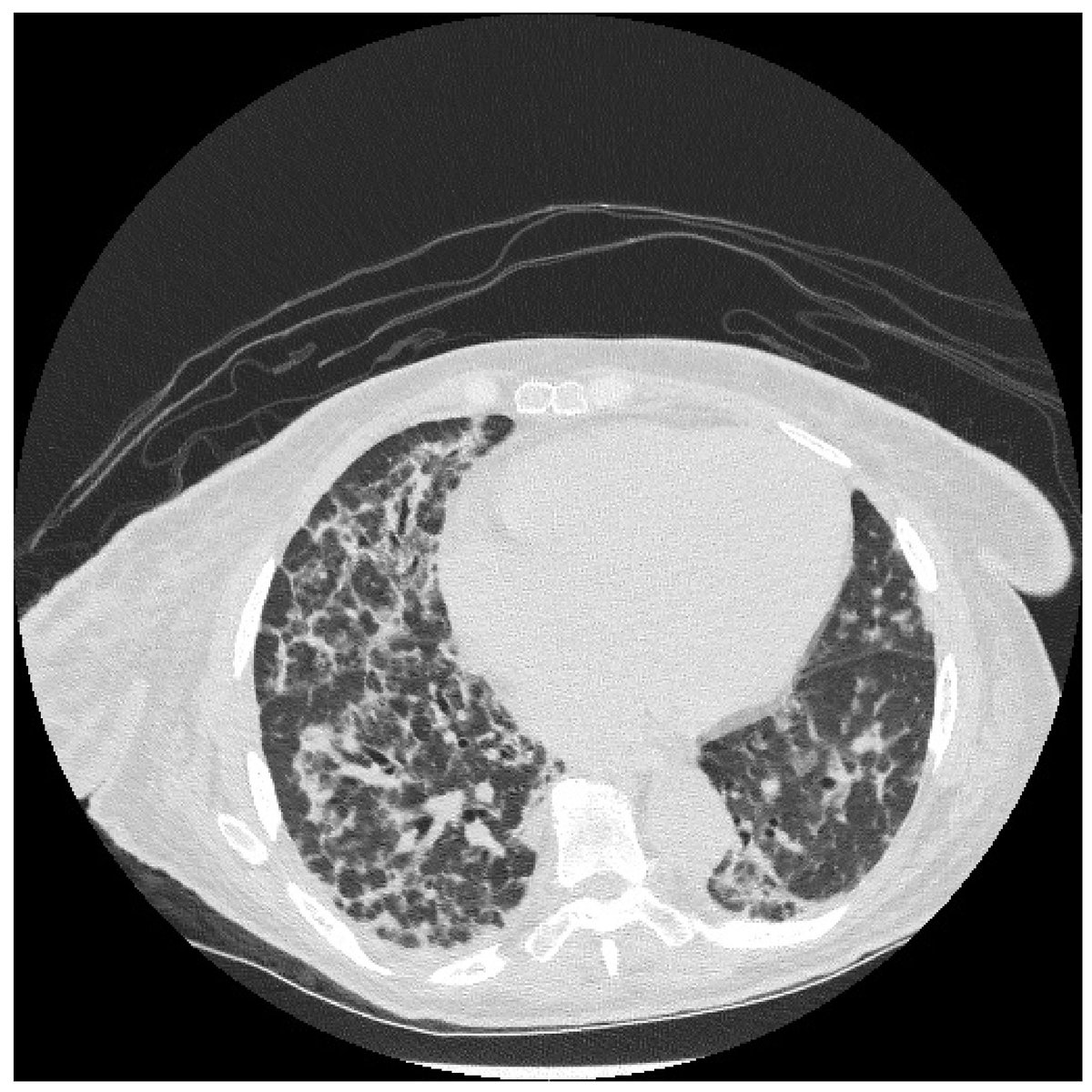
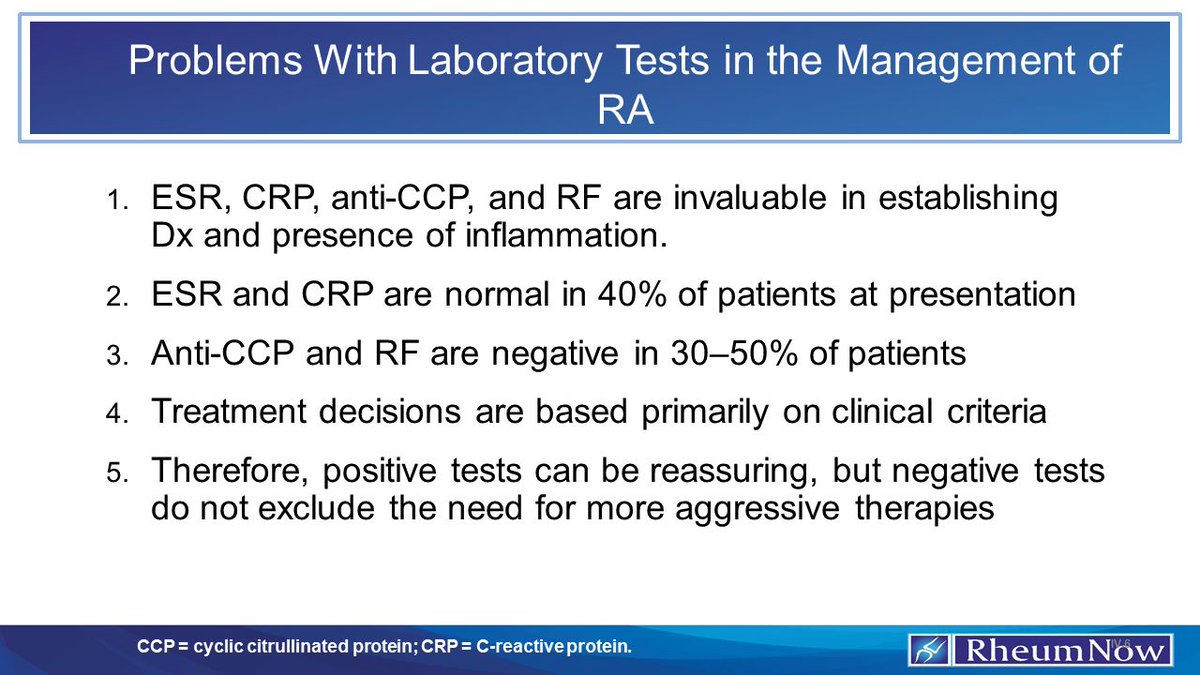
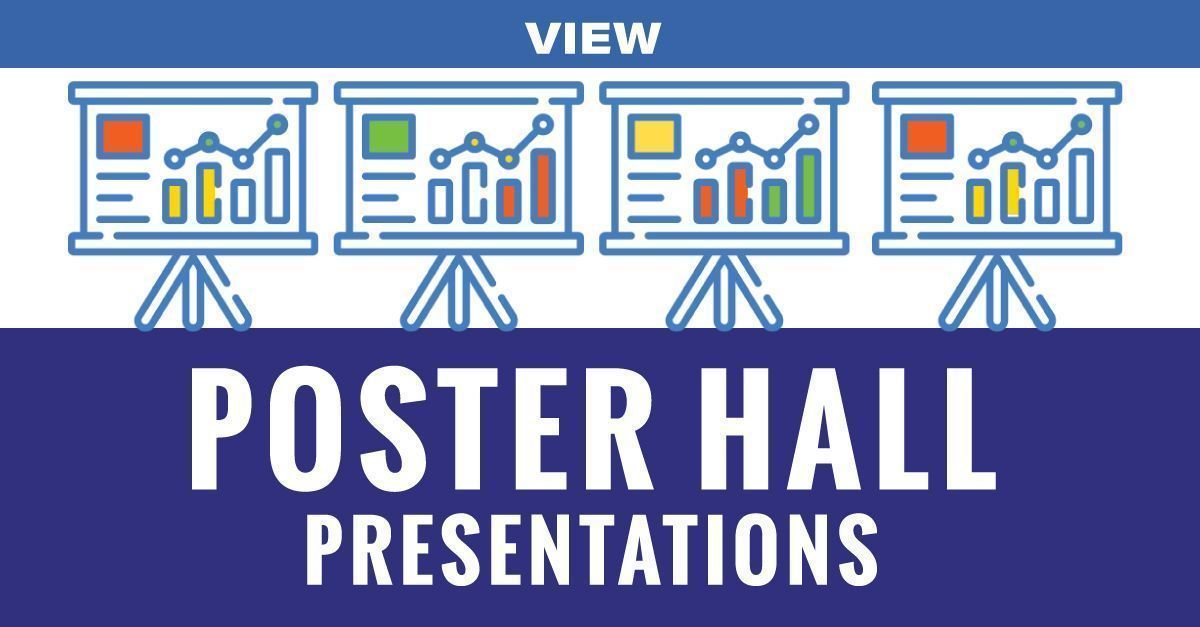
Links:
